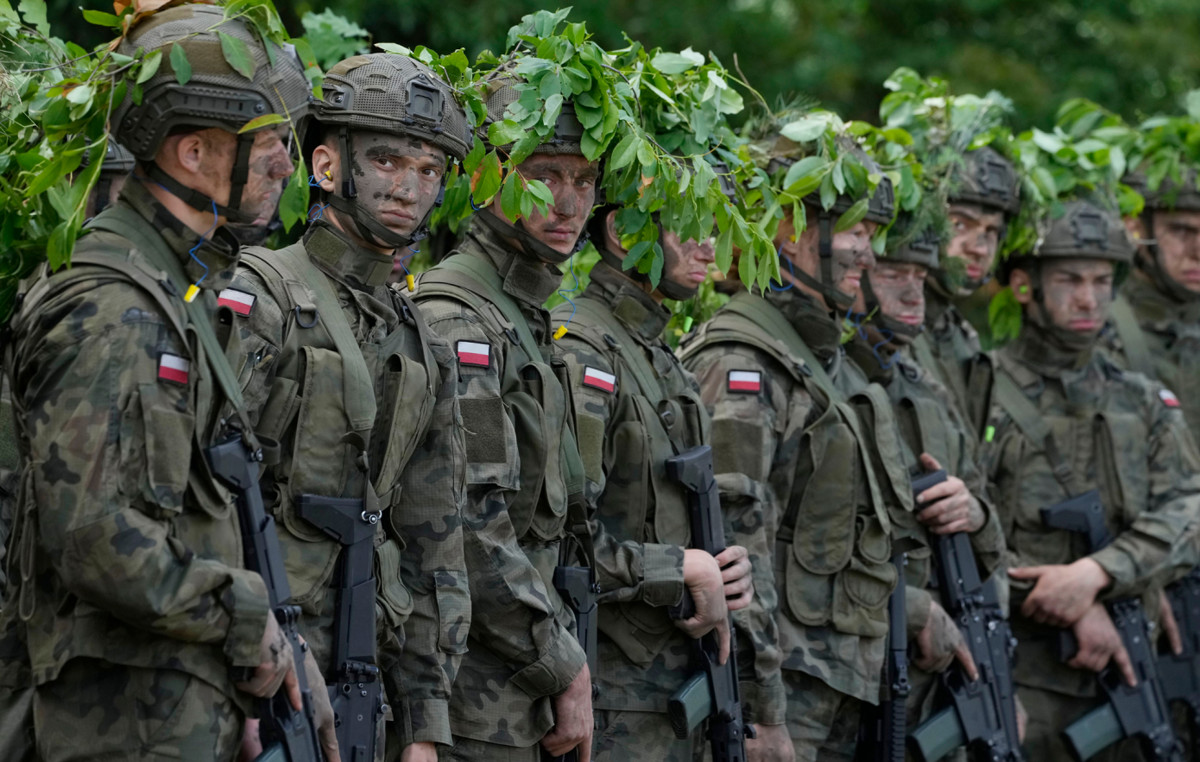One of the most popular Brazilian festivals, São João is celebrated this Friday (24). The date refers to traditions such as bonfire, flag and typical foods of the Festas Juninas. However, the history of the saint goes far beyond the famous festivities.
The tradition of the feast of São João was brought by the Portuguese to Brazil at the time of colonization, and the festivities began here in the 16th century. In addition to São João, the days of Santo Antônio (13) and São Pedro are also celebrated in June. (29).
However, the tradition was adapted to Brazilian fashion over time.
But who was Saint John? Francisco Emílio Surian, a Master in Theology from PUC-SP, also a Master in Communication Sciences from USP and Coordinator of the Theology Course for Laypeople at the São José de Anchieta Theology Institute at the Catholic University of Santos, brings the importance of the saint in the religious context .
He explains that the Gospel of Mark begins with John the Baptist. In Luke’s Gospel, the angel announces the coming of Jesus to Mary. “The rest of the story is known: Mary visits her cousin, John shudders in Elizabeth’s womb, who recognizes Mary as the mother of the Savior”.
“John the Baptist will also have two important appearances in the Gospels: in the Jordan when he baptizes Jesus, marking the beginning of Jesus’ public life. And in the account of the death of John the Baptist, beheaded by Herod, at the request of Herodias”, says the theologian.
What is the relationship between São João and the Festas Juninas?
In the Northern Hemisphere, the summer solstice occurs in June, and the seasons were significant for the rural population.
“Traditions older than Christianity celebrated this date with festivities that thanked the harvest, the fecundity of the earth and human fecundity”, says the specialist. At first, however, these festivals were considered pagan by the Catholic Church. “Traditional fertility festivals were not well regarded by the Catholic Church. They initially received their opposition and then were replaced by Christian festivals”, explains Surian.
In this way, the bonfire that was part of the ritual of fertility festivals was replaced by the São João bonfire, a way of adapting harvest festivals into Catholic festivities.
“There is a tradition that João’s mother would have a fire lit so that Maria could know when the boy was born. Gradually, the bonfire announcing the birth of John the Baptist replaced the bonfires of the earth’s fertility”, adds the theologian.
The party in Brazil
The tradition was brought by Europeans to Brazil, but, over time, it was “Brazilianized” with elements of our rural culture, with clothes, music and especially the local cuisine, becoming one of the most beloved celebrations of the people. Brazilians.
“It is interesting to see how this festival kept its “redneck heart”, continuing its relationship with the land, with the plantation, with the fruits of the land, and, somehow, even if in a naive format, a relevance to the rites of fecundity: what about the rustic wedding, the elegant mail, the apple of love and the jail where you only got out with the kiss of the loved one?”, comments Surian.
Perhaps it is part of our Brazilian soul, a way of experiencing religious syncretism and continuing to make room for the vibrations of time.
Francisco Emílio Surian, Master in Theology and Communication
In the theologian’s opinion, the festival seems to fit better with our winter than with the Northern Hemisphere’s summer, since the clothes, the fire, food and drinks are more conducive to being enjoyed in the cold.
“The plaid clothes, usually flannel, the bouncy dresses, the patched hat and jackets match well with the cold of early winter. The same can be said of the foods made with peanuts and corn, which line the tables with a lot of creativity and delicacies, not to mention the flagship that defends us from the cold night: the quentao and the mulled wine, capable of heating even the coldest heart”, jokes the teacher.
He assesses that the Festas Juninas were turning into a celebration of the human community. And the festivities have not lost their religious essence, as these events have become an obligatory theme for fairs in churches.
“There are cities in Brazil where Festas Juninas are busier than Carnival. The gang groups present themselves in true apotheosis, with creativity and beauty. Festas Juninas have fueled the creativity of our culture,” she says.
Want to know more about June culture and tradition? Test your knowledge on the quiz below:
Source: CNN Brasil







